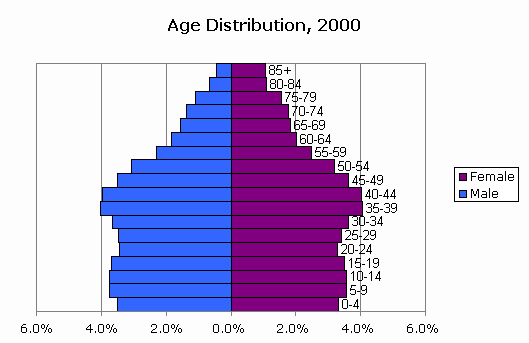Characteristics of populations that are of interest to ecologists:
- number of individuals
- population density (or how many individuals are found in a given area)
- spatial distribution: a) uniform (situation of high competition or territoriality) b) random (low population, constant environment - very rare in nature) c) clumped (determined by environmental factors or reproductive behaviours)
- age distribution
 |
| Age distribution graph |
- dynamics: a) migration (moving to or from a location) b) birth/death rates c) reproductive potential (maximum possible offspring if there are no internal or external limits) vs. actual reproductive output
-population growth patterns: a) exponential growth occurs when a small population has a large number of offspring. In nature this kind of growth only occurs under special conditions and only for a short while
| Exponential growth |
 |
| Logistic growth |
 |
No comments:
Post a Comment